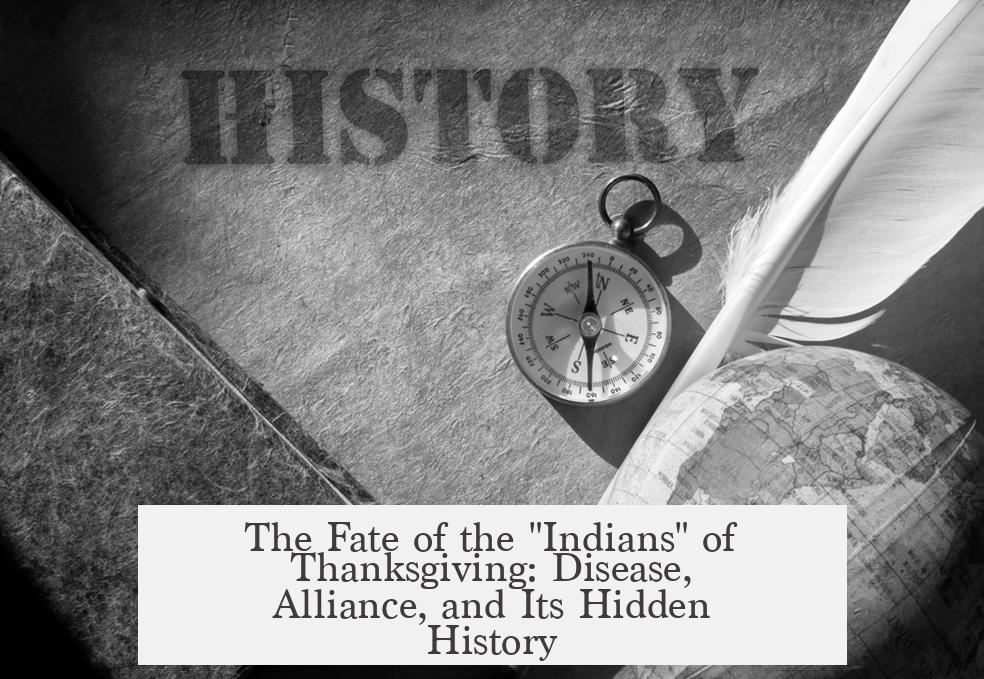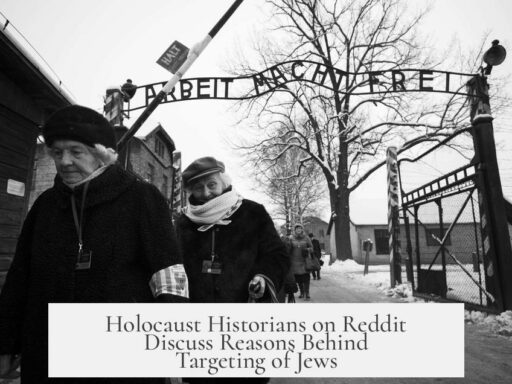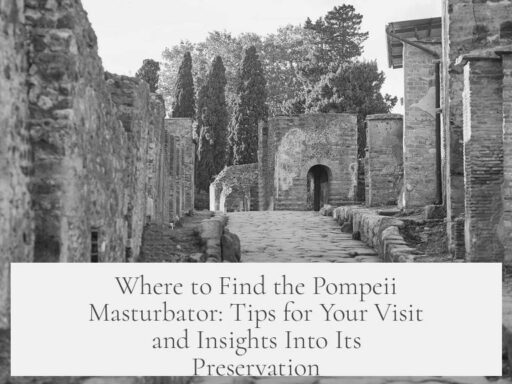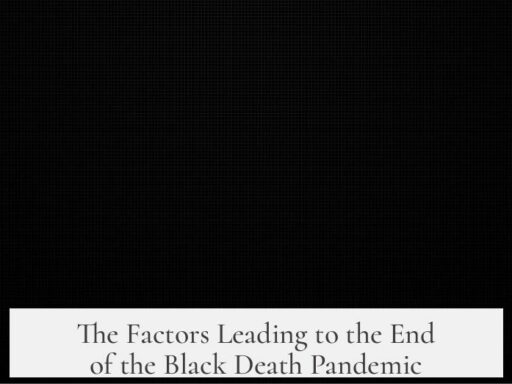The “Indians” of Thanksgiving, specifically the Wampanoag people, experienced profound and tragic changes following the arrival of the Pilgrims in 1620. Many native populations were decimated by disease and environmental disruption, initially leading to a fragile alliance that culminated in the famous 1621 harvest feast. However, the peace was temporary; subsequent conflicts, especially King Philip’s War, brought widespread devastation to Native American communities. Over time, their story became complex and often misrepresented in popular history.
Before the Pilgrims landed, Native American populations had already suffered catastrophic losses due to diseases introduced by Europeans. Estimates suggest that nearly 90% of Native Americans died after contact with smallpox, measles, and other illnesses. Entire tribes vanished from the coastline, leaving lands empty or sparsely populated. For instance, the Patuxet tribe at the Plymouth site had been wiped out by epidemic diseases. This severe depopulation shaped the environment and social landscape encountered by settlers.
Besides diseases, the environment changed drastically. European honeybees and earthworms, along with feral pigs and rats escaping near settlements, disrupted native crops and the local ecology. The Wampanoag, neighbors of the Pilgrims, found their traditional food sources altered or diminished by these invasive species. These environmental shifts combined with ongoing epidemics to weaken Native American societies before many Europeans even arrived in significant numbers.
The Pilgrims settled in the abandoned Patuxet area, gaining an agricultural advantage since they did not need to clear dense forests. However, they soon sought to establish a peaceful relationship with the local Wampanoag Confederacy, led by Massasoit. The Wampanoag themselves were weakened by past conflicts with other tribes, such as the Narragansett, and saw an alliance with the English as a way to secure trade and defense support.
- Squanto (Tisquantum), a Wampanoag who had been captured and spent time in Europe, acted as an interpreter and guide to the Pilgrims.
- He taught the newcomers local planting techniques and helped broker cooperation.
- The first Thanksgiving in 1621 marked a successful harvest enjoyed jointly by Pilgrims and Wampanoag.
Following this period of initial peace, the Pilgrims and Wampanoag coexisted relatively harmoniously for about 50 years. This era was characterized by mutual defense against other hostile tribes and continued, although diminishing, disease outbreaks among Native Americans. Yet the broader colonial expansion pressured indigenous lands more and more.
In 1675, King Philip’s War erupted as tensions between Native Americans and English settlers escalated. “King Philip” was the English name given to Metacomet, Massasoit’s son. This conflict was fueled by increasing Puritan settlement and land disputes rather than direct actions from the original Pilgrims. The war proved devastating:
- Allied Christian Native Americans living in Praying Towns were forcibly relocated to Deer Island, where many died from exposure and starvation.
- Metacomet was killed, and his severed head displayed for decades as a warning.
- His family was sold into slavery in the West Indies.
King Philip’s War essentially shattered the Wampanoag and their allies, leading to massive loss of life, displacement, and the weakening of indigenous resistance in New England.
The portrayal of these events in popular culture tends to sanitize or whitewash the violent outcomes for Native Americans. Stories of friendly encounters and shared feasts dominate, while the extent of warfare, land loss, and cultural destruction is often minimized. The nuanced history includes epidemic impacts, political alliances, and brutal conflicts that shaped the experience of the Indians connected to Thanksgiving.
| Aspect | Details |
|---|---|
| Disease | ~90% Native American mortality, including entire tribes vanished |
| Environmental Change | Invasive species disturbed native agriculture and ecosystems |
| First Contact | Pilgrims settled on depopulated Wampanoag lands with help from Squanto |
| Early Relations | 50 years of relative peace and alliance with Wampanoag |
| King Philip’s War | 1675 conflict causing widespread Native American devastation |
| Historical Narrative | Simplified stories overshadow complex and often tragic realities |
Understanding what happened to the “Indians” of Thanksgiving requires recognizing both cooperation and conflict, survival and suffering. The Wampanoag and other indigenous peoples endured disease, ecological upheaval, brief alliances, and brutal wars. Their legacy remains entwined with the American story but often obscured by myths and incomplete accounts.
- Native populations near Plymouth were devastated by disease before the Pilgrims arrived.
- The Pilgrims settled on lands recently emptied by epidemics, not untouched wilderness.
- Squanto played a vital role teaching Pilgrims survival skills and fostering early cooperation.
- 50 years of relatively peaceful relations existed before violent conflicts erupted.
- King Philip’s War resulted in major Native American losses and weakened indigenous presence.
- The complex reality contrasts with the simplified, celebratory myth of Thanksgiving.
What Happened to the “Indians” of Thanksgiving?
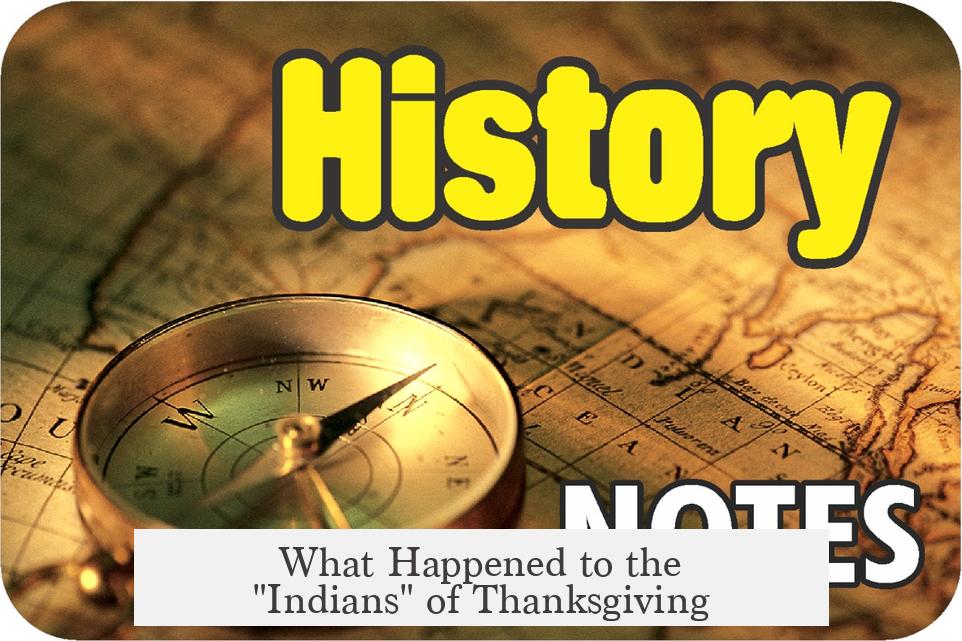
The story behind the “Indians” of Thanksgiving is far from the friendly feast portrayed in schoolbooks. In fact, the true tale is one of survival, alliance, tragedy, and complex history. Let’s peel back the layers beyond the iconic Pilgrim-Wampanoag dinner and look at what really happened to these Native Americans after that fateful autumn day in 1621.
First, a crucial reality: The “Indians” of Thanksgiving were not a monolithic group. The Wampanoag tribe, the people who famously shared that first harvest meal with the Pilgrims, came from a rich, diverse culture deeply connected to their land and environment. But within a short time, catastrophe struck—much of it due to factors beyond their control.
The Silent Killer: Disease
One cannot discuss Native American history without facing the devastating impact diseases brought by Europeans. Experts estimate that nearly 90% of Native Americans perished from illnesses like smallpox and measles—diseases that ravaged entire communities along the coast well before European settlers arrived in force.1 Imagine discovering your village wiped out while away—a grim reality Squanto, the famous Wampanoag guide, experienced firsthand. His tribe was decimated, and he had to join a nearby group for survival.
But how did disease spread so fast and wide? It turns out it had a head start, moving quicker than any human migration. By the time Pilgrims settled near Plymouth, they found a once-thriving region emptied by sickness. The land wasn’t wild wilderness but recently abandoned homes and fields.2 It saved the Pilgrims from the grueling task of clearing dense forest, but it came at an enormous price for the Wampanoag.
Environmental Intruders and Disruption
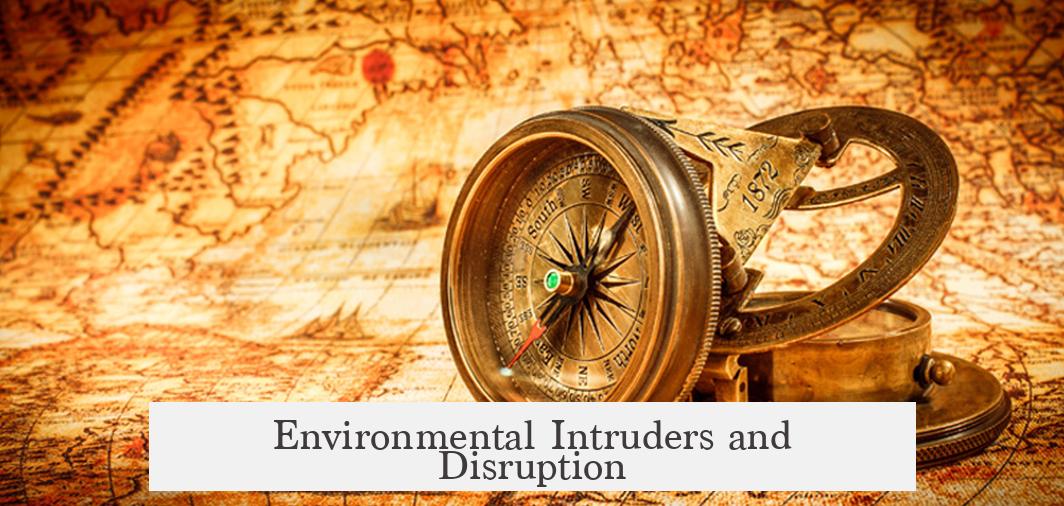
It wasn’t just disease that changed life for the Wampanoag. Europeans brought new species—some by accident—that disturbed native ecosystems. Honeybees, for example, are pollinators, but their introduction shifted the balance of plant life, altering crops and wild plants the Wampanoag relied on.3
Pigs escaped from European settlers and trampled or ate native crops. Rats followed, further harming food supplies. Earthworms, though seemingly harmless, changed soil conditions. These environmental changes compounded native struggles, reducing food availability and making survival even harder.
The Wampanoag and the Pilgrims: An Uneasy Alliance
When the Pilgrims landed at Plymouth in 1620, they were technically settling on Wampanoag land—land recently emptied by the deadly epidemic but fiercely important to the tribe. The two groups had much to gain by forming an alliance. The Wampanoag had been weakened not just by disease but also attacked by rival groups like the Narragansett.4 They needed allies.
Squanto, a Wampanoag man who had traveled to Europe and learned English, became a vital link. He helped the Pilgrims learn how to cultivate corn and survive in this new land. His guidance was more than a simple tutorial; Governor William Bradford called him “a special instrument sent of God.”5
The famed “First Thanksgiving” feast of 1621 was a celebration of this fragile peace and a successful harvest. It was not a grand holiday as we think of today but a shared harvest meal between newcomers and Native Americans—a symbol of cooperation amid hardship.
The Years After Thanksgiving: Peace, then War
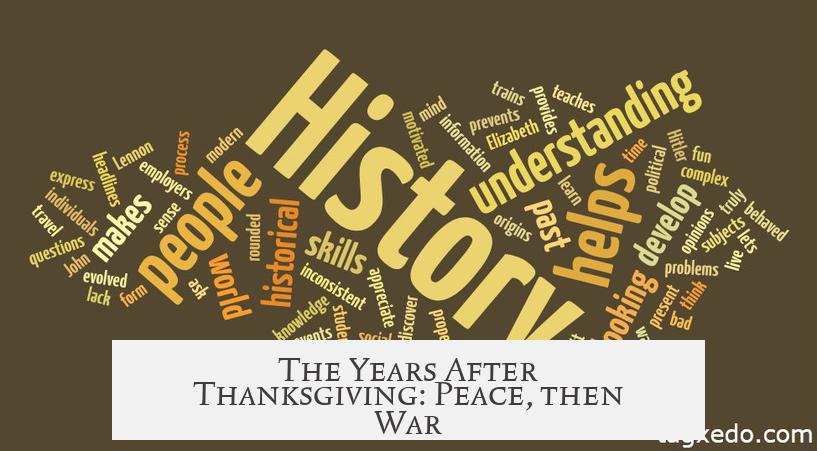
For about 50 years—two generations—the Pilgrims and Wampanoag lived fairly peacefully. The Pilgrims helped defend the Wampanoag against common enemies. Yet disease continued silently, gradually weakening native populations.6
That peace shattered during King Philip’s War (1675–1678). Named after Metacomet, Massasoit’s son—who was baptized “King Philip”—this conflict was not primarily about the Pilgrims but tensions with newer Puritan settlers who moved into the region.7
King Philip’s War was devastating. It affected not only native warriors but also allied Christian Indians living in “Praying Towns.” Many were forcibly relocated to harsh environments such as Deer Island, where hunger, cold, and disease killed many.8 After Metacomet was killed, his head was gruesomely displayed at Fort Plymouth’s entrance for two decades—a chilling symbol of the conflict’s brutality. His family was sold into slavery in the West Indies, a tragic fate rarely mentioned in popular Thanksgiving stories.
The Story Whitewashed and Forgotten
Why don’t most Thanksgiving narratives include these harsh truths? The darker history—wars, massacres, forced relocations—is often ignored or minimized to preserve a friendly, simple story. It’s easier to celebrate than confront uncomfortable realities.9
But a deeper look at history reveals a complex picture. The Wampanoag alliance with Pilgrims was strategic, born from necessity in a shifting political landscape. Massasoit sought economic and military allies to bolster his tribe’s standing against rivals.10
Recognizing this complexity doesn’t erase the significance of the Thanksgiving meal but enriches our understanding. It was a moment of cooperation amid ongoing struggles for survival and power dynamics far from settled.
What Can We Learn?
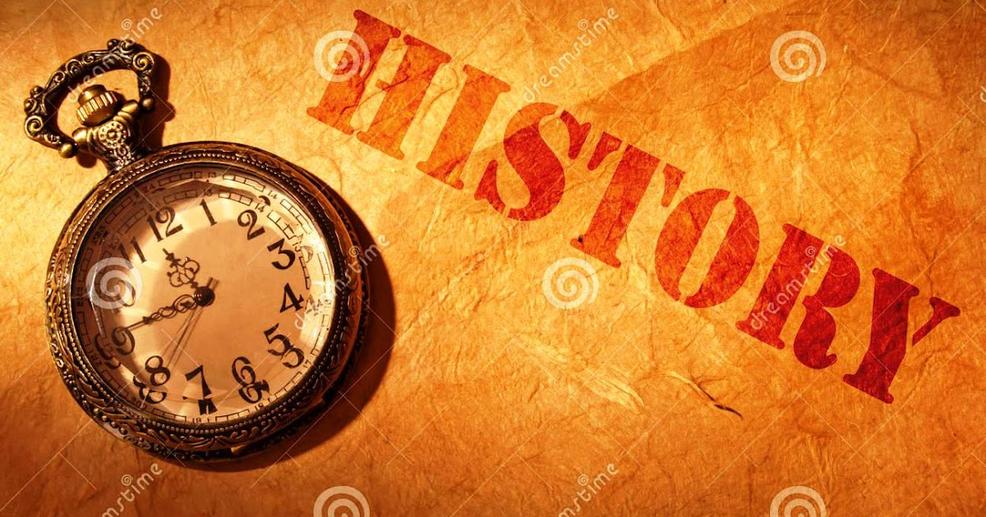
Thanksgiving isn’t just about feasts or gratitude. It’s an opportunity to remember Native American resilience and highlight stories often left out. When you enjoy your turkey, think about the Wampanoag people and the challenges they endured—disease, environmental upheaval, war, and cultural erasure.
Learning and acknowledging the full story honors their legacy and challenges us to understand history as it truly was: complicated, painful, and real.
Summary Table: Key Points on the “Indians” of Thanksgiving
| Topic | Key Details |
|---|---|
| Disease Impact | ~90% native population wiped out by European diseases before Pilgrims arrived. |
| Environmental Changes | European animals and invasive species harmed native crops and ecosystems. |
| Wampanoag-Pilgrim Alliance | Strategic partnership for mutual survival and military support. |
| Squanto’s Role | Interpreter, teacher of farming techniques, vital intermediary. |
| First Thanksgiving | Shared harvest feast marking cooperation in 1621. |
| Long-Term Consequences | Peace lasted ~50 years, ended by King Philip’s War with devastating results. |
| Historical Narrative | Often whitewashed, ignoring conflict and Native American suffering. |
So next Thanksgiving, ask yourself: What stories are we choosing to remember—and which ones do we leave out?

